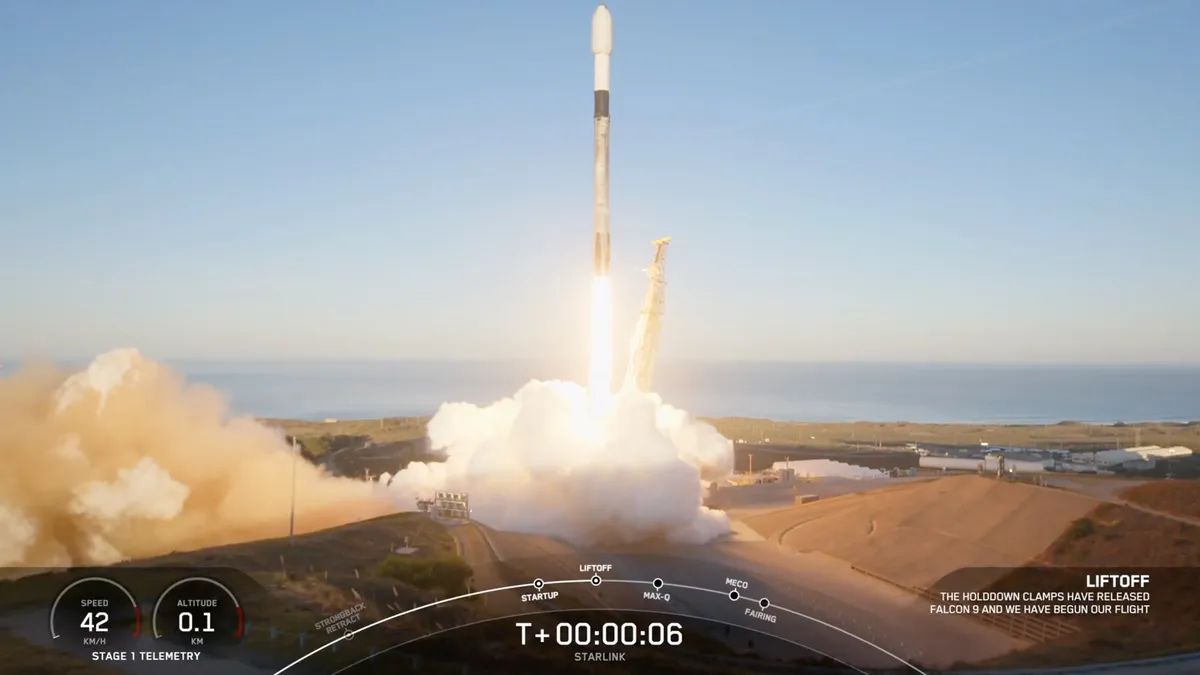A Falcon 9 rocket, operated by SpaceX, was launched on January 21, 2025, from Vandenberg Space Force Base in California, delivering 27 Starlink satellites into low-Earth orbit. The mission began at 10:45 am ET, with the Falcon 9's first stage returning to Earth roughly eight minutes later. The booster landed on the drone ship “Of Course I Still Love You,” stationed in the Pacific Ocean, marking its tenth successful flight and recovery.
27 Starlink satellites deployed into orbit
According to spacexthe Falcon 9's upper stage carried the satellites into their designated orbit, deploying them 61.5 minutes after liftoff. This batch is part of the Starlink Group 11-8 mission. As reported by space.com, the satellites include enhanced V2 Mini models that are lighter by 22 percent, with improved propulsion, power systems and a dual-band chip named Doppio, designed in-house by SpaceX.
Details of the mission and impact on nearby regions
This launch marked the 10th mission for this Falcon 9 booster, which had previously supported eight Starlink missions, along with the OneWeb 4 and USSF-62 launches. Residents near Santa Barbara, San Luis Obispo, and Ventura counties were advised of potential sonic booms during the launch, though local experiences depended on weather conditions.
The mission, which followed an aborted attempt on January 19 due to a no-fly zone violation, highlights SpaceX's continued efforts to expand its Starlink satellite constellation, designed to provide global internet coverage. Reports indicate that over 130 Falcon 9 launches occurred in 2024, with Starlink missions accounting for about two-thirds of these flights.
Mission progress and future plans
SpaceX announced that up to 29 satellites can now be launched per mission due to V2 Mini optimizations. Live coverage of this mission was provided via SpaceX's social platforms, offering insights into the company's advancements in satellite deployment technology.


